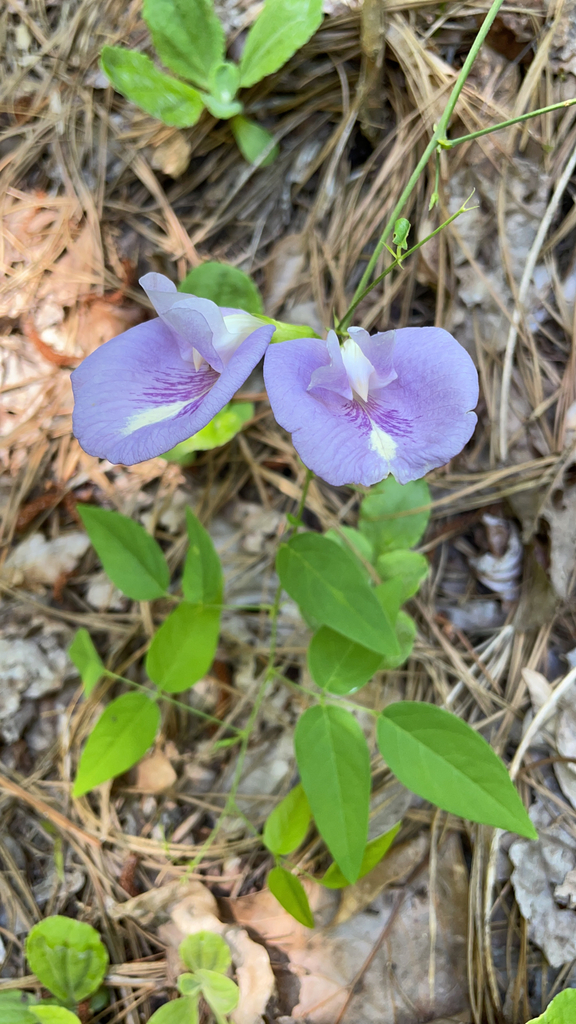
Clitoria mariana (known by the common names butterfly pea or Atlantic pigeon wings), is a perennial forb.
Nature, in the broadest sense, is the natural, physical, or material world or universe. “Nature” can refer to the phenomena of the physical world, and also to life in general.

Clitoria mariana (known by the common names butterfly pea or Atlantic pigeon wings), is a perennial forb.
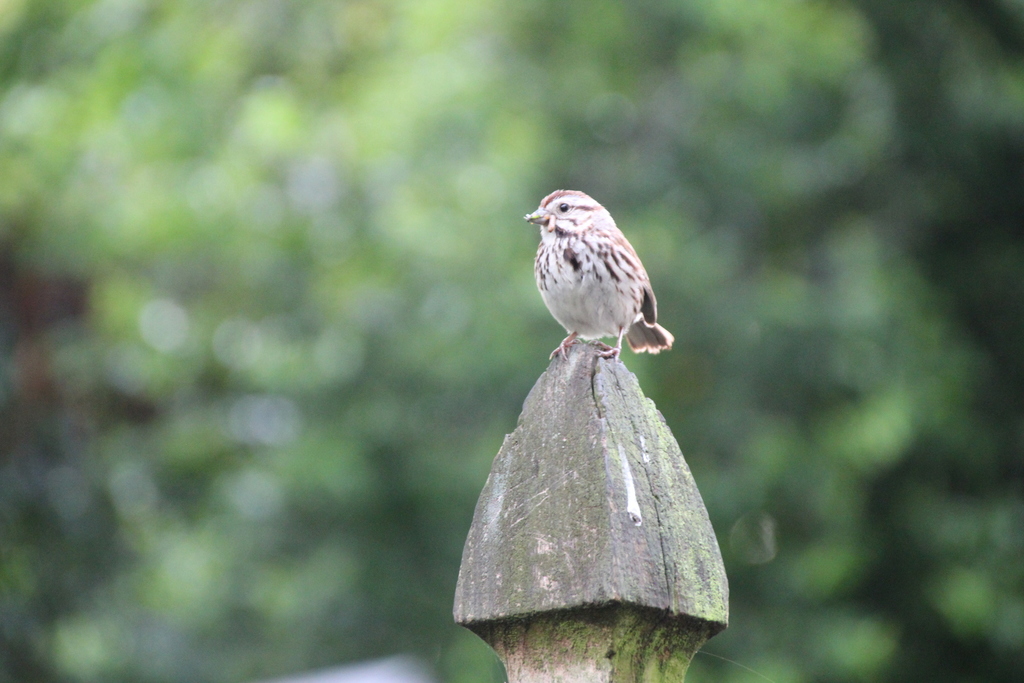
The song sparrow (Melospiza melodia) is a medium-sized American sparrow. Among the native sparrows in North America, it is easily one of the most abundant, variable and adaptable species.
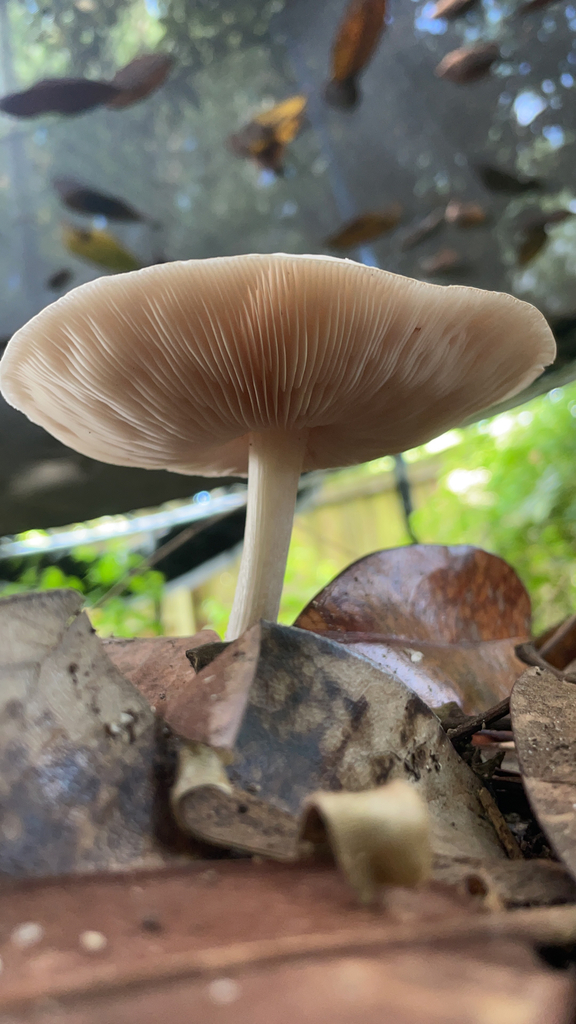
Pluteus cervinus, also known as Pluteus atricapillus and commonly known as the deer shield or the deer or fawn mushroom, is a mushroom that belongs to the large genus Pluteus. It is found on rotten logs, roots and tree stumps and is widely distributed. It can also grow on sawdust and other wood waste. Being very variable in appearance, it has been divided into several varieties or subspecies, some of which are sometimes considered species in
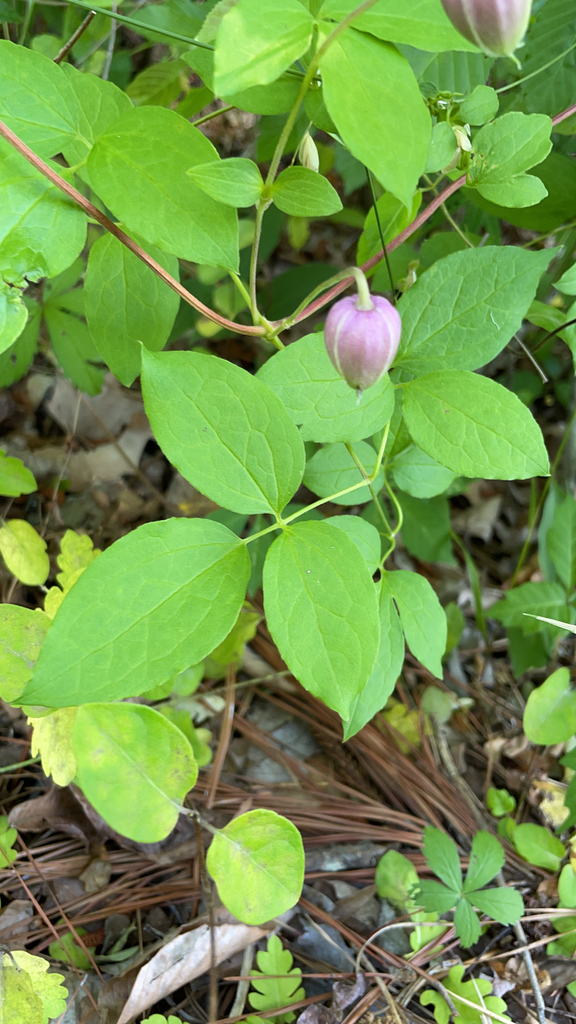
Clematis viorna, commonly known as vasevine or leatherflower, is a flowering vine native to the southeastern United States. It grows in wooded habitats and bears purple flowers in spring and summer.
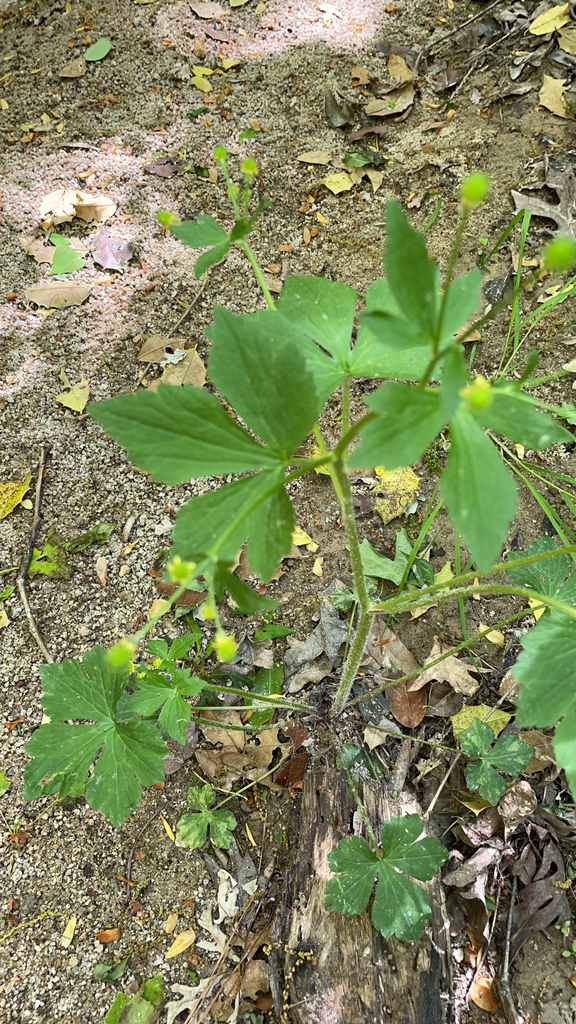
Ranunculus recurvatus, the blisterwort or hooked crowfoot, is a plant species of the genus Ranunculus in the family Ranunculaceae native to eastern North America. It is an early-flowering plant of moist deciduous woods from central Quebec south to Florida.

The Carolina mantis (Stagmomantis carolina) is a species of praying mantis of the subfamily Stagmomantinae.

Mycena galericulata is a mushroom species commonly known as the common bonnet, the toque mycena, or the rosy-gill fairy helmet. The type species of the genus Mycena was first described scientifically in 1772, but was not considered a Mycena until 1821. It is quite variable in color, size, and shape, which makes it somewhat difficult to reliably identify in the field. The mushrooms have caps with distinct radial grooves, particularly at the margin.

Grifola frondosa is a polypore mushroom that grows in clusters at the base of trees, particularly oaks. The mushroom is commonly known among English speakers as hen-of-the-woods, ram’s head and sheep’s head. It is typically found in late summer to early autumn. In the United States’ supplement market, as well as in Asian grocery stores, the mushroom is known by its Japanese name maitake (舞茸, “dancing mushroom”). Throughout Italian American communit

Amanita bisporigera is a deadly poisonous species of fungus in the family Amanitaceae. It is commonly known as the eastern North American destroying angel or just as the destroying angel, although the fungus shares this latter name with three other lethal white Amanita species, A. ocreata, A. verna and A. virosa. The fruit bodies are found on the ground in mixed coniferous and deciduous forests of eastern North America south to Mexico, but a

Laccaria laccata, commonly known as the deceiver, or waxy laccaria, is a white-spored species of small edible mushroom found throughout North America and Europe. It is a highly variable mushroom (hence “deceiver”), and can look quite washed out, colorless and drab, but when younger it often assumes red, pinkish brown, and orange tones. The species is often considered by mushroom collectors to be a “mushroom weed” because of its abundance and plain stature.

Impatiens capensis, the orange jewelweed, common jewelweed, spotted jewelweed, spotted touch-me-not, or orange balsam, is an annual plant native to North America. It is common in bottomland soils, ditches, and along creeks, often growing side-by-side with its less common relative, Yellow Jewelweed (I. pallida).